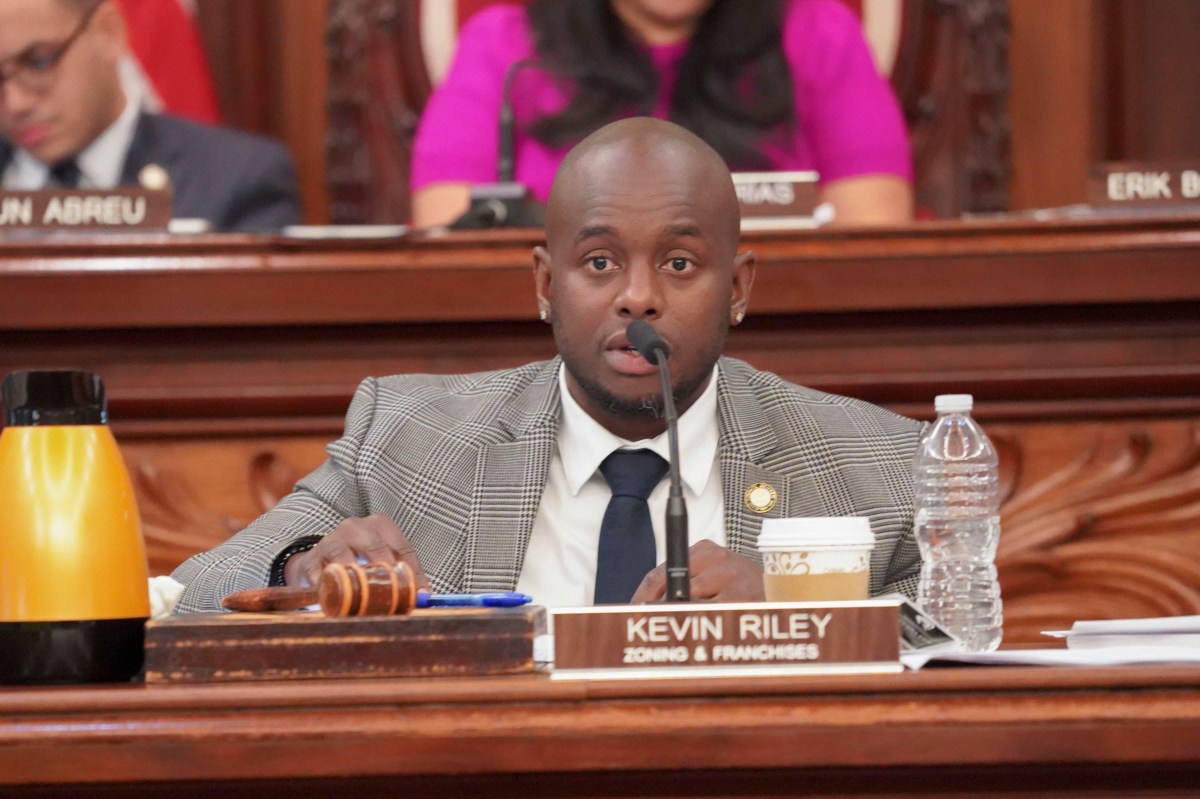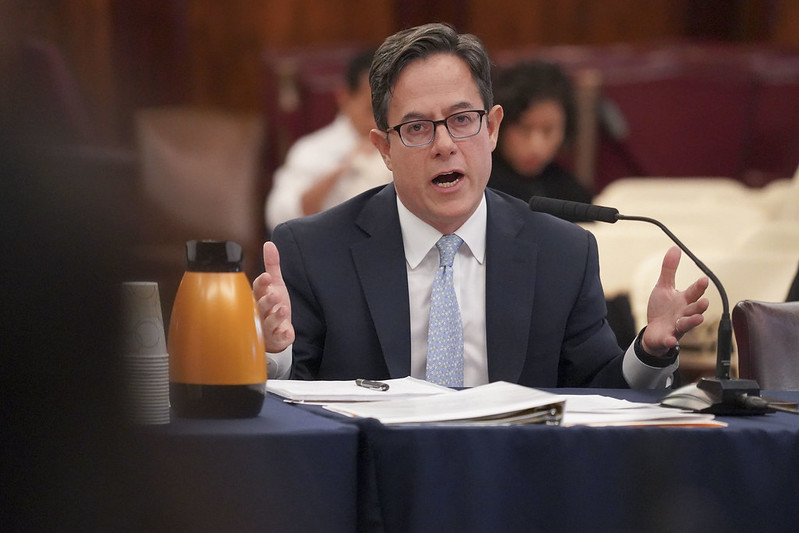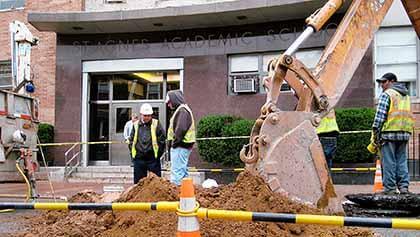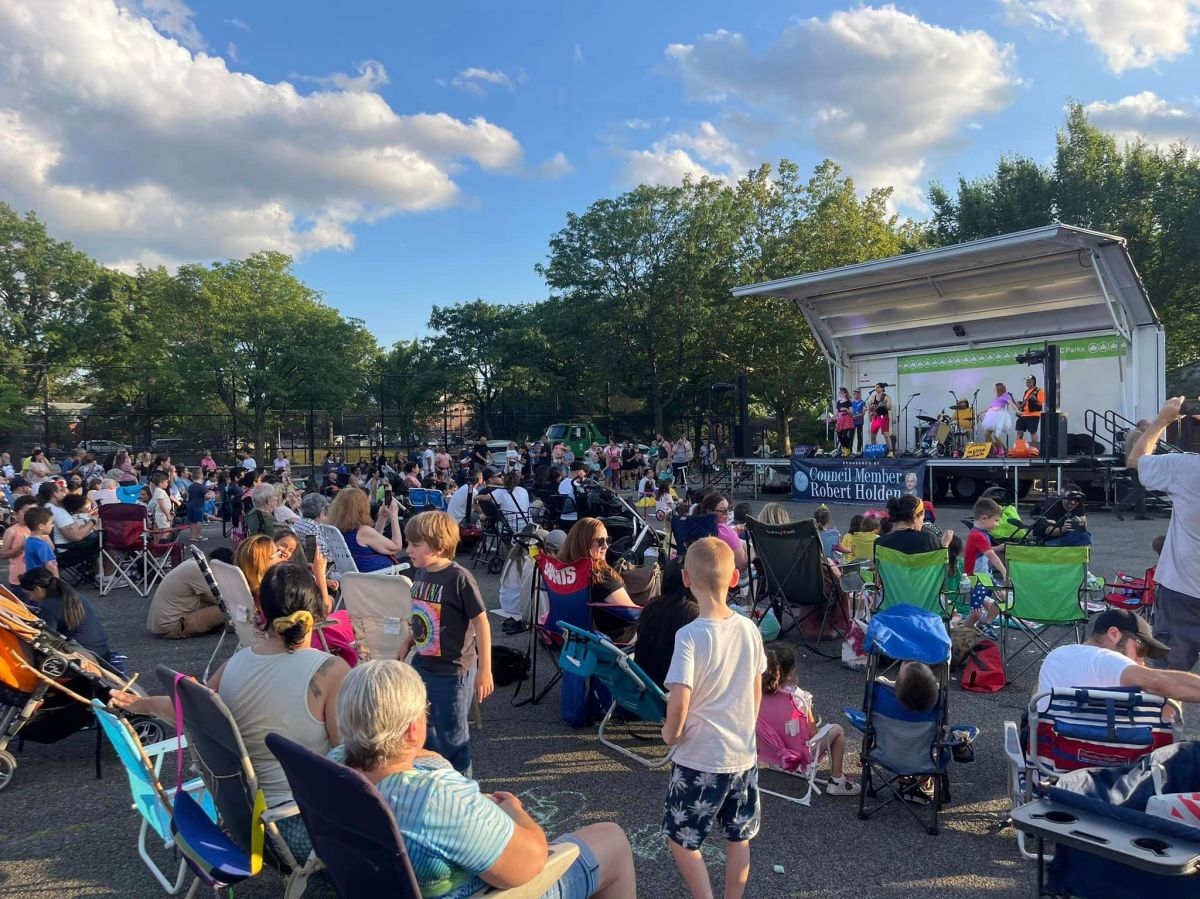Officials with Mayor Eric Adams’ administration on Monday attempted to assuage City Council members’ litany of concerns about the sweeping “City of Yes” zoning overhaul, which is intended to boost housing construction across the Big Apple and ease the ongoing housing crisis.
Council members questioned officials with the city’s Departments of City Planning (DCP) and Housing Preservation and Development (HPD) over the zoning text amendment during the first of two public hearings on the plan this week. The hearings come after the plan passed the City Planning Commission late last month and is its final step ahead of a full council vote before the end of the year.
During the proceeding, lawmakers raised multiple concerns about the bundle of proposals, which would rewrite half-a-century-old rules governing where and how much housing can be built in specific corners of the city, with the goal of constructing roughly 100,000 new units over 15 years. The zoning changes are aimed at building a “little more housing in every neighborhood” to combat the city’s housing shortage, which has led to a lack of affordable housing.
“This is the most pro-housing policy in the history of New York City zoning,” DCP Commissioner Dan Garodnick said. “We’ve never attempted to do something like this. It’s the first time that a mayoral administration is taking action to create new housing in every neighborhood, from the lowest density to the highest.”
The plan has become quite controversial, as many of the city’s lower-density communities — those made up of one- to three-family homes and small apartment buildings — fear it will permanently change the character of their more suburban neighborhoods.
During the hearing, some council members expressed worries to Garodnick and HPD Commissioner Adolfo Carrion Jr. over how certain components of the plan would impact their communities. Specifically, council members questioned how new housing created by the plan could further strain already scarce resources in their areas.
Infrastructure impacts

Robert Holden, a conservative Democrat who represents parts of Queens, believes his district should be able to “opt-out” of the City of Yes due to his concerns that the zoning changes would exacerbate already existing infrastructure issues.
Council members also cited anxieties about proposals in the plan that would eliminate a requirement that developers construct off-street parking for every new building they put up and that would allow homeowners to add accessory units on parts of their properties.
Other parts of the zoning amendment that have drawn less opposition include proposals to allow developers to build at least 20% more housing as long as its affordable and authorize small apartment buildings around train stations.
Council Member Kevin Riley (D-Bronx), chair of the council’s Zoning Subcommittee, said his constituents are worried that an influx of new residents into his northern Bronx district would overwhelm the area’s sewers. City Council Speaker Adrienne Adams echoed the same sentiments.
“I’m hearing this from my constituents, ‘Kevin, we’re talking about building more density, which means more toilets being flushed, that means more people taking showers, more people washing dishes, this is going to really impact the sewer system,'” Riley said.
However, Garodnick assured them that his agency’s Environmental Review found that the amount of new housing the City of Yes would add to each area would be so “modest” that it would not significantly strain sewer infrastructure.
“It’s so little density that it does not have a significant adverse impact,” Garodnick said.
Later in the hearing, Council Member Selvena Brooks-Powers (D), who represents part of southeast Queens, argued that eliminating parking mandates could mean less parking for districts like hers that depend on cars due to a lack of access to public transportation. Brooks-Powers said the proposal is a one-size-fits-all approach that does not work her district and areas like it.
“Our communities are not the same and one size does not always fit all,” Brooks-Powers said.
But Garodnick responded that the current model of requiring developers to build parking, which is often expensive and discourages them from constructing more housing, is actually a one-size-fits-all approach.
“We think that we need the level of flexibility to allow for your district to be different from other districts where the transit access is better,” he said. “And today, we are over-defining the thing in ways that are overrepresenting parking in places where it is not needed, and we believe it will continue to be provided in places where it is needed.”
Garodnick added that eliminating the parking minimums is “essential” to making other components of the plan work.



































